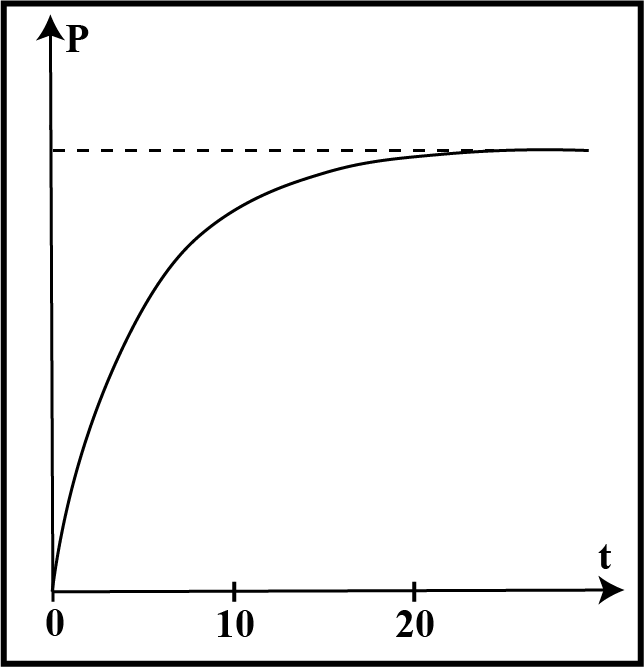Table of contents
- 0. Functions(0)
- Introduction to Functions(0)
- Piecewise Functions(0)
- Properties of Functions(0)
- Common Functions(0)
- Transformations(0)
- Combining Functions(0)
- Exponent rules(0)
- Exponential Functions(0)
- Logarithmic Functions(0)
- Properties of Logarithms(0)
- Exponential & Logarithmic Equations(0)
- Introduction to Trigonometric Functions(0)
- Graphs of Trigonometric Functions(0)
- Trigonometric Identities(0)
- Inverse Trigonometric Functions(0)
- 1. Limits and Continuity(0)
- 2. Intro to Derivatives(0)
- 3. Techniques of Differentiation(0)
- 4. Applications of Derivatives(0)
- 5. Graphical Applications of Derivatives(0)
- 6. Derivatives of Inverse, Exponential, & Logarithmic Functions(0)
- 7. Antiderivatives & Indefinite Integrals(0)
- 8. Definite Integrals(0)
2. Intro to Derivatives
Basic Graphing of the Derivative
2. Intro to Derivatives
Basic Graphing of the Derivative: Study with Video Lessons, Practice Problems & Examples
2PRACTICE PROBLEM
A biologist is studying the growth of a bacterial culture in a lab. The graph shows that bacteria's population varies with time . Determine the sign of for .

A biologist is studying the growth of a bacterial culture in a lab. The graph shows that bacteria's population varies with time . Determine the sign of for .